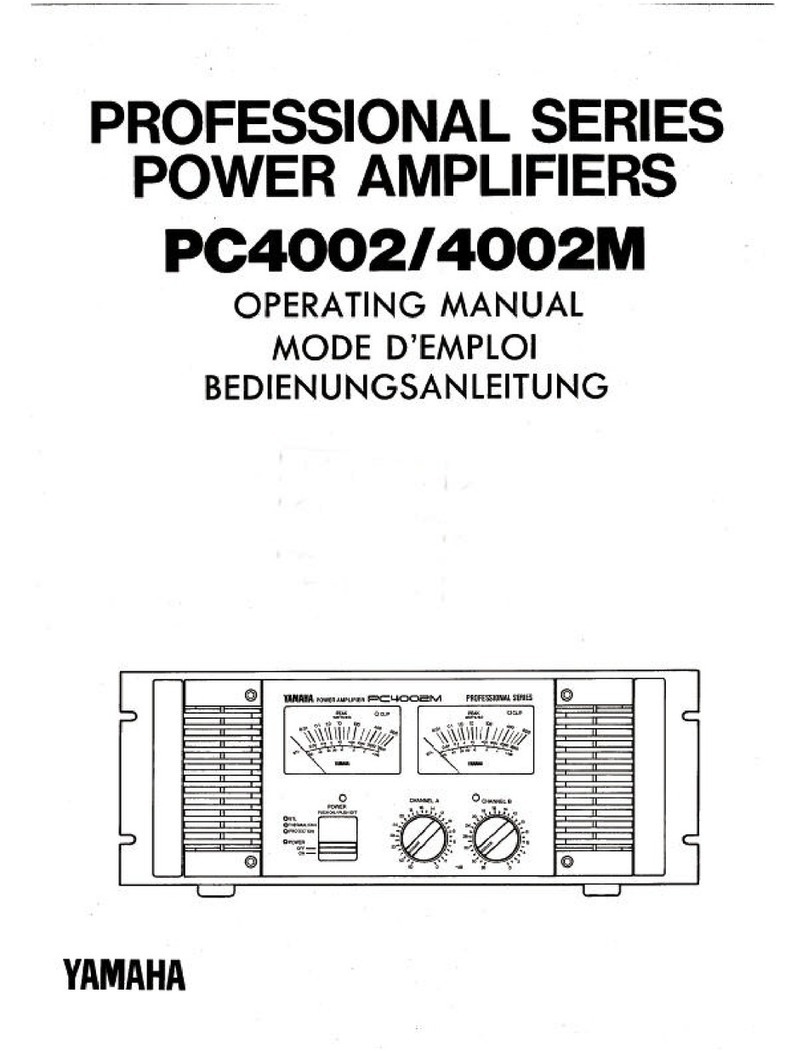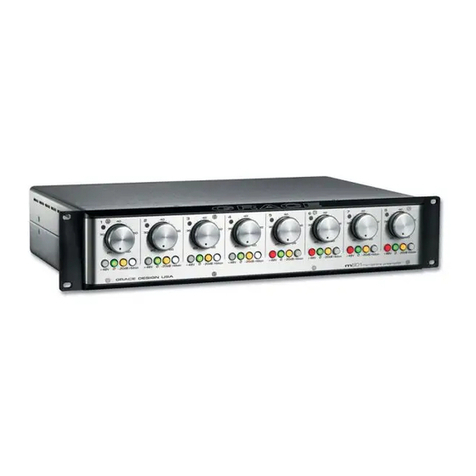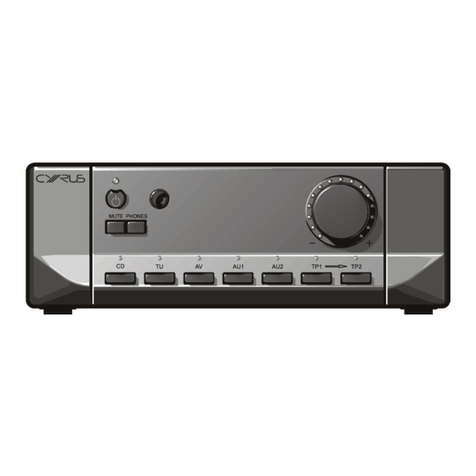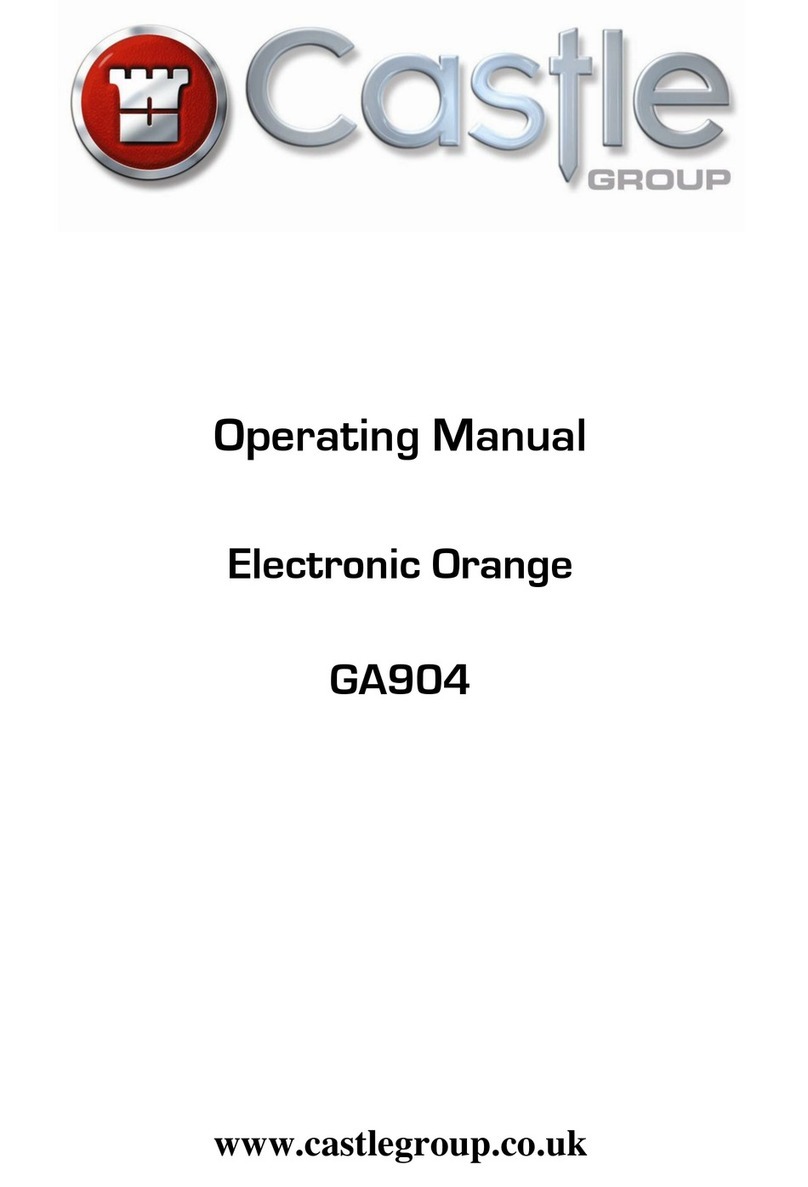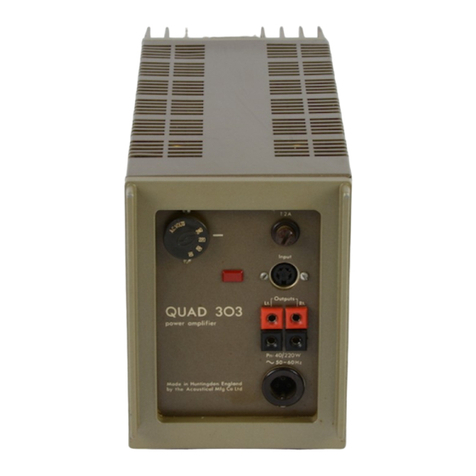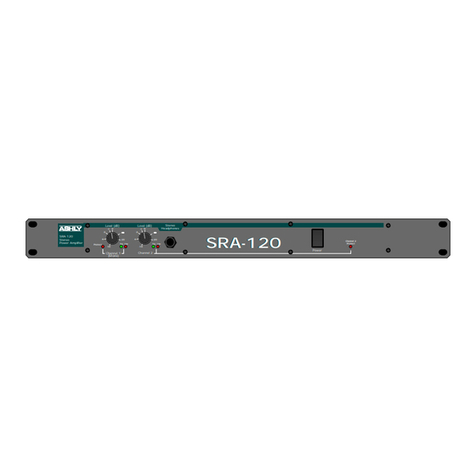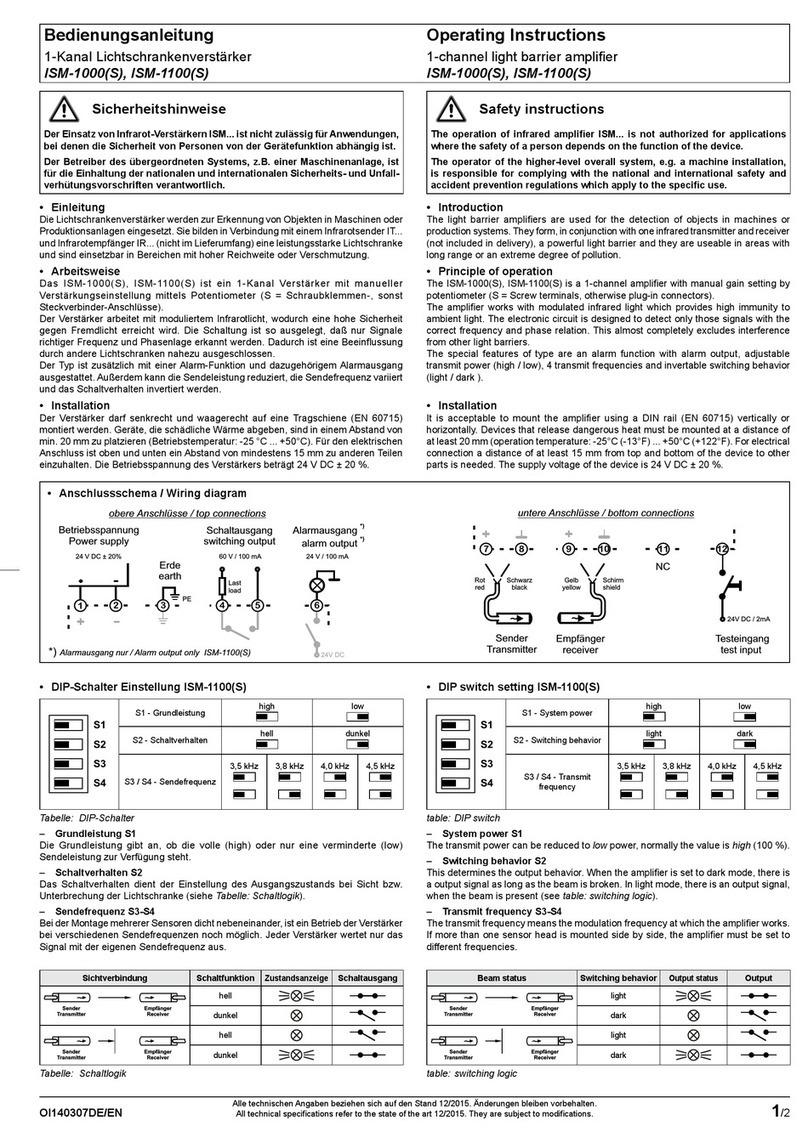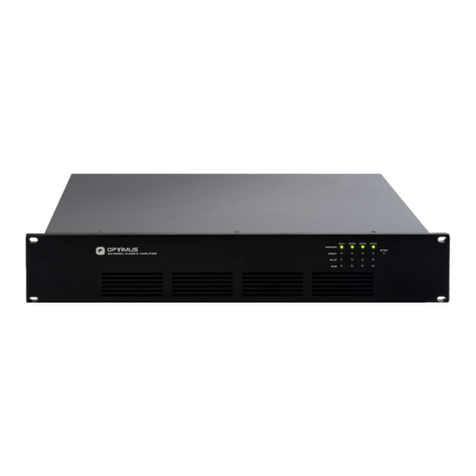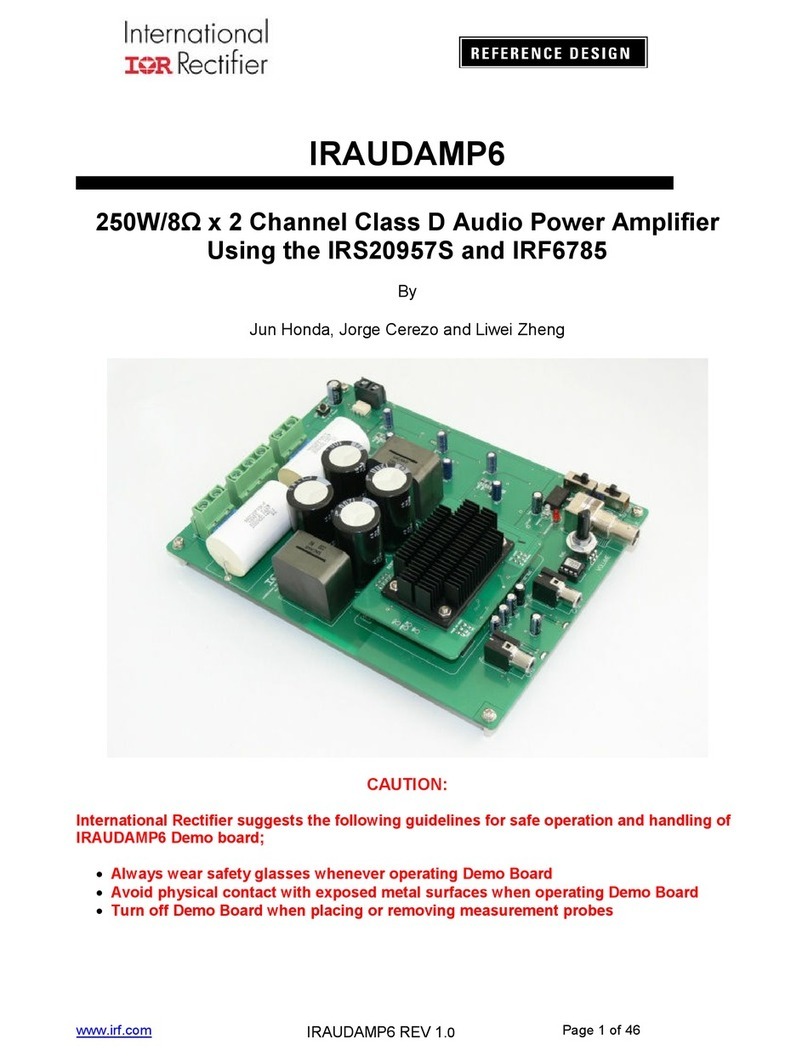EFE AMP320 User manual

AMP320 Product Manual – V1.0 www.efe-sensor.com 1/9
AMP320
Product Manual
EFE
16, rue de la Porte à Bateaux- F-27540 Ivry La Bataille, France
Tél. +33.2.32.22.35.03 Fax. +33.2.32.36.93.08

AMP320 Product Manual – V1.0 www.efe-sensor.com 2/9
Table of Contents
Default Settings .................................................................................................................................. 3
Connections ........................................................................................................................................ 3
Standard Span & Zero Adjustment ................................................................................................ 4
Shunt Readings .................................................................................................................................. 5
Switch Configurations ...................................................................................................................... 5
Excitation ............................................................................................................................................ 6
Polarity ............................................................................................................................................... 6
Gain ..................................................................................................................................................... 6
Current Setting (4) ............................................................................................................................................................................................................ 7
Advanced Span and Zero Adjustment ........................................................................................... 7
Adjusting the Zero ............................................................................................................................ 7
Adjusting the Span ............................................................................................................................. 7
Appendix A (Noise levels) ................................................................................................................ 8
Appendix B (Specifications) .............................................................................................................. 9

AMP320 Product Manual – V1.0 www.efe-sensor.com 3/9
Default Settings
Input Range: 0 to +/-2 mV/V
Excitation Voltage: 10 VDC
Output Range: +/-10 VDC, 4-20 mA
Input Connection
Output Connection
Note: Do not connect the device to the power supply when the
power supply is already on!
(1) For 6 wire sensors connect +Sense to +Excitation Return and –Sense to –Excitation Return
Pin Wiring Code
1 +Excitation Return (1)
2 +Excitation
3 +Signal
4 -Signal
5 -Excitation
6 -Excitation Return (1)
Pin Wiring Code
1 Power Supply
2 Signal Output (Voltage)
3 Reference (0V)
4 Signal Output (Current)

AMP320 Product Manual – V1.0 www.efe-sensor.com 4/9
Standard Span & Zero Adjustment
Once all of the connections are complete, you can begin to set up the sensor/amplifier system.
You will need to have the output from the AMP320 connected to a device so you can read the
voltage or current.
To set up the system, follow the steps below:
1. Apply a known load to the sensor.
2. Allow the sensor to settle.
3. Use a screwdriver to adjust the span that correlates with that load.
4. Remove the load.
5. Allow the sensor to settle.
6. Adjust the zero.
Ex. If you are applying a full load to the sensor with an excitation voltage of 10 VDC, then you
would want to adjust the output (span) to 10VDC or 20mA. If you are applying half of the full
load then you would want to adjust the span to exactly half of the maximum. Once your span
is set, check the zero. With no load applied to the sensor, adjust the zero.
Note : Adjusting the zero and span is done by using a screw driver to adjust the
potentiometers.
Zero Span Shunt

AMP320 Product Manual – V1.0 www.efe-sensor.com 5/9
Shunt Readings
Shunt resistors simulate a load on the load cell; thus, allowing for calibration. Follow the steps
below in order to utilize the shunt feature.
1. Determine the value of the shunt resistor needed
2. Connect the shunt resistor in the spot labeled ‘RSH’.
3. Press the pushbutton that corresponds to the shunt.
4. While the shunt is enabled and the AMP320 is reading the simulated load, adjust the span
(described above) to the correct output.
Ex. If you are using a 2 mV/V sensor with a 350 Ohm bridge and the default 60.4 kOhm
resistor on the AMP320, then the simulated load would be approximately 72% of R.O. You can
then adjust the span to 7.2 VDC to correlate with this simulated load.
Switch Configurations
To change any of the switch configurations from the default settings, follow the tables below
to set your desired configuration. The figure below shows the default configuration.

AMP320 Product Manual – V1.0 www.efe-sensor.com 6/9
Excitation
There are two excitation values available on the AMP320: 10 VDC (default) and 5 VDC.
To select the excitation, simply flip the DIP switch to the appropriate configuration. The
excitation voltage controls the maximum output of the amplifier.
Ex. If your application requires a lower output voltage than 10 VDC, then the 5 VDC option is
available to use. All you have to do is flip the DIP switch from the down position to the up
position.
SW
1
-
Excitation (V
dc
)
UP
5
DOWN 10
Polarity
There are two polarities available on the AMP320: reverse and straight (default). To select the
polarity, simply flip the DIP switch to the appropriate configuration.
Ex. If you are using your AMP320 with a tension and compression load cell and you have
tension setup as the positive direction, but now you would like to have compression as the
positive direction, all you have to do is flip the DIP switch from the default polarity position to
the reverse polarity position.
SW2 - Polarity
UP
R
everse
DOWN Straight
Gain
There are eight gain settings available on the AMP320 : from 0.5 mV/V to 10 mV/V. The
default setting is configured to 2 mV/V. Select the value closest to your input range by flipping
the DIP switches to the appropriate configuration.
Ex. If you are using a 2 mV/V sensor with the 5 VDC excitation, then you would want to use
configuration 2 for 1 mV/V. If you are using a 2mV/V sensor with 10 VDC excitation then you
would want to use configuration 4 for 2 mV/V.

AMP320 Product Manual – V1.0 www.efe-sensor.com 7/9
SW
3
-
Gain
1 2 3 4 5 6 7 8
0.5mV/V
ON OFF OFF OFF OFF OFF OFF OFF
1mV/V OFF ON OFF OFF OFF OFF OFF OFF
1.5mV/V
OFF OFF ON OFF OFF OFF OFF OFF
2mV/V OFF OFF OFF ON OFF OFF OFF OFF
2.5mV/V
OFF OFF OFF OFF ON OFF OFF OFF
3mV/V OFF OFF OFF OFF OFF ON OFF OFF
4mV/V OFF OFF OFF OFF OFF OFF ON OFF
10mV/V OFF OFF OFF OFF OFF OFF OFF ON
Current Setting
There are four current output settings available on the AMP320 : 0-16 mA, 0-20 mA, 4-20 mA
(default), and 5-25 mA. To select the current, simply flip the DIP switches to the appropriate
configuration.
SW5 SW6 SW7 Input Range (V) Output Range (mA)
OFF OFF OFF 0-10 VDC 4-20 mA
OFF OFF ON 0-10 VDC 5-25 mA
ON
OFF
OFF
0
-
10 VDC
0
-
16 mA
ON
OFF
ON
0
-
10 VDC
0
-
20 mA
OFF UP OFF 0-5 VDC 4-20 mA
OFF ON ON 0-5 VDC 5-25 mA
ON ON OFF 0-5 VDC 0-16 mA
ON ON ON 0-5 VDC 0-20 mA
Note: Only available with current output option.
Advanced Span and Zero Adjustment
Adjusting the Zero
At times, when using a signal conditioner, it is necessary to offset the zero. The AMP320
makes this simple. The zero can be adjusted approximately ±10% of R.O. by using the
potentiometer on board.
Adjusting the Span
The input jumpers vary from 0.5 mV/V to 10.0 mV/V. This allows for a large variety of input
ranges. However, it sometimes happens that the rated output from the sensor is not exactly 2.0
mV/V or 3.0 mV/V. The AMP320 has a ±10% of R.O. adjustment range so a sensor with an
output close to one of the input ranges will work fine.

AMP320 Product Manual – V1.0 www.efe-sensor.com 8/9
Appendix A (Noise levels)
Current Output Voltage Output
Bandwidth Sensitivity (mV/V) Current noise (μA) Voltage noise
(mV)
Voltage noise
(mV)
1 kHz
0.5 151 50 30
1 151 50 25
1.5 151 50 20
2 151 50 15
2.5 151 50 15
3 151 50 15
4 151 50 15
10 151 50 15
Current Output Voltage Output
Bandwidth Sensitivity (mV/V) Current noise (μA) Voltage noise
(mV)
Voltage noise
(mV)
10 kHz
0.5
151
75
40
1
151
75
35
1.5
151
75
30
2
151
75
25
2.5
151
75
20
3
151
75
20
4
151
100
20
10
151
100
15

AMP320 Product Manual – V1.0 www.efe-sensor.com 9/9
Appendix B (Specifications)
Environment
Parameter Min Typical Max Unit
Operating Temperature 0 70 °C
Storage Temperature
-40°C
85
°C
IP Rating IP31
Electrical Specifications
Parameter Min Typical Max Unit
Power Supply 14 26 VDC
Current Draw (2) 30 mA
Output Impedance (Voltage) < 1 Ohms Ohms
Output Impedance (Current) 700 Ohms
Sensor Impedance 100 Ohms
Bandwidth (3) 1000 10000 Hz
Common Mode Rejection Ratio 120 dB
Output Span Range -10 10 % of Rated Output
Output Zero Range -10 10 % of Rated Output
Gain Drift with
Temperature
-25 X 25
PPM of FSR per
degree Celsius
Gain Non- Linearity
(Better than)
-0.01 X 0.01 % of FSR
Zero Drift with
Temperature
-25 X 25 PPM of FSR per
degree Celsius
(2) No Load Applied (Input or Output) - Power supply must source 150 mA minimum
(3) According ordered option (10kHz, only for sensor’s sensitivity of 1 mV/V or greater)
WARNING: DO NOT CONNECT DEVICE TO POWER SUPPLY WHEN POWER SUPPLY IS ALREADY ON
Table of contents
Popular Amplifier manuals by other brands
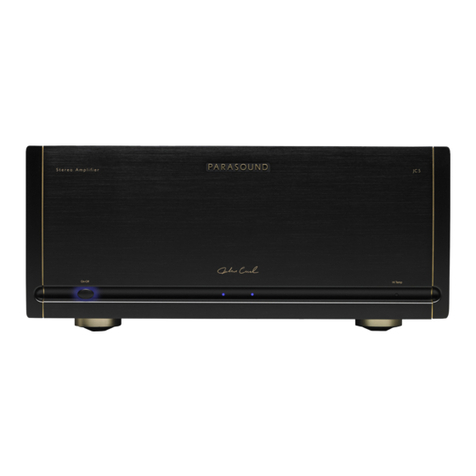
Parasound
Parasound Halo JC 5 owner's guide

Sony
Sony SRF-MQ11 - Walkman Digital Tuning FM Ear Clip Headphone... operating instructions
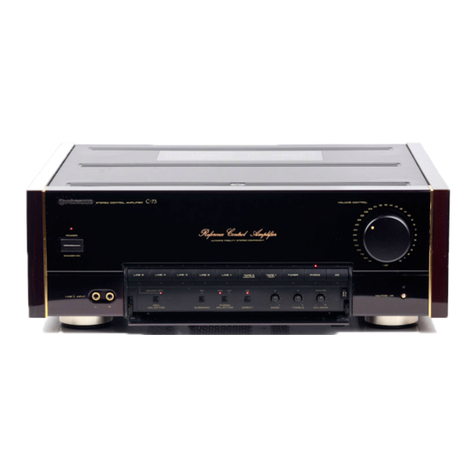
Pioneer
Pioneer C-73 operating instructions
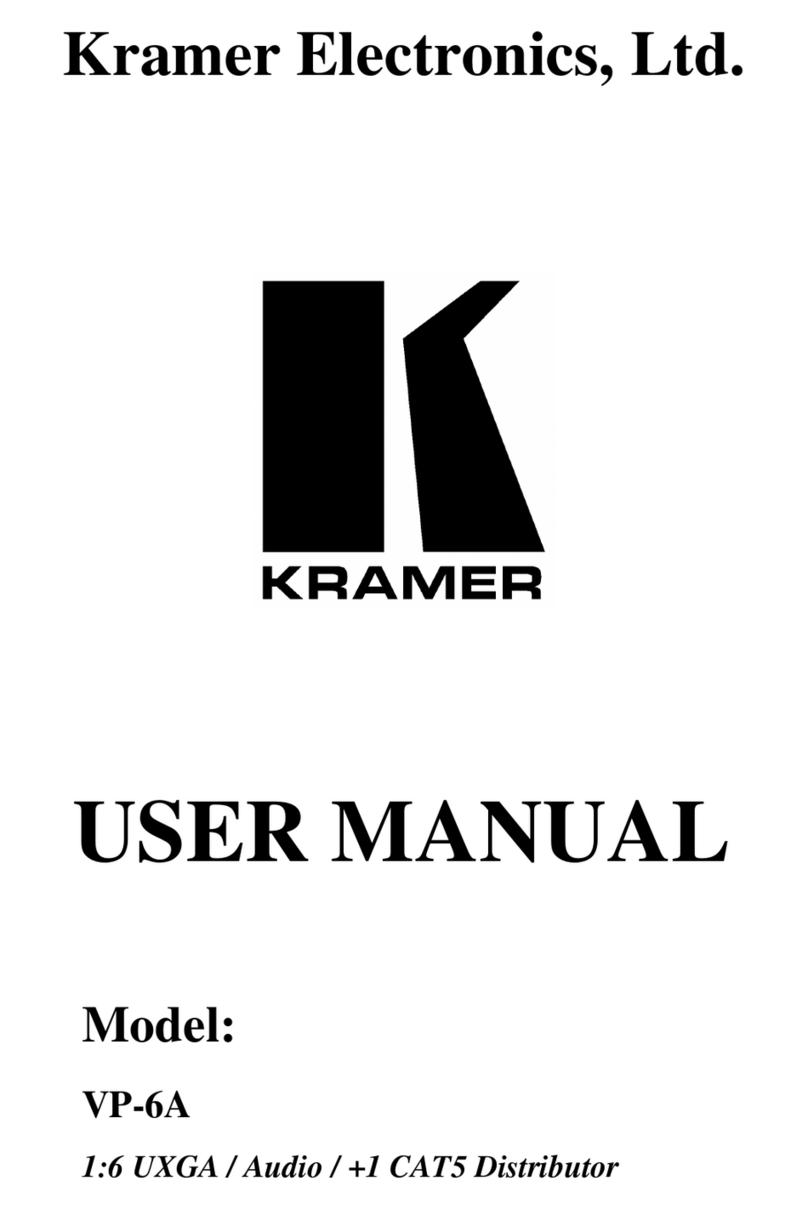
Kramer
Kramer VP-6A user manual
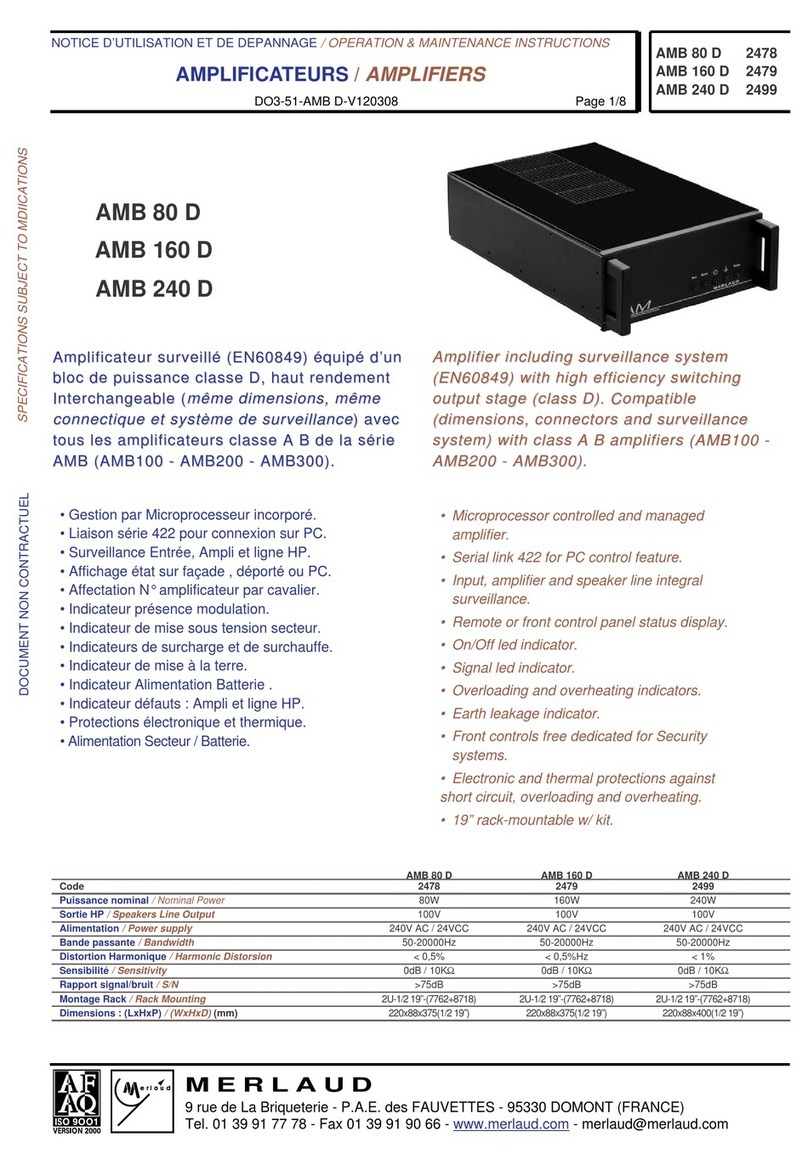
Merlaud
Merlaud AMB 80 D Operation & maintenance instructions
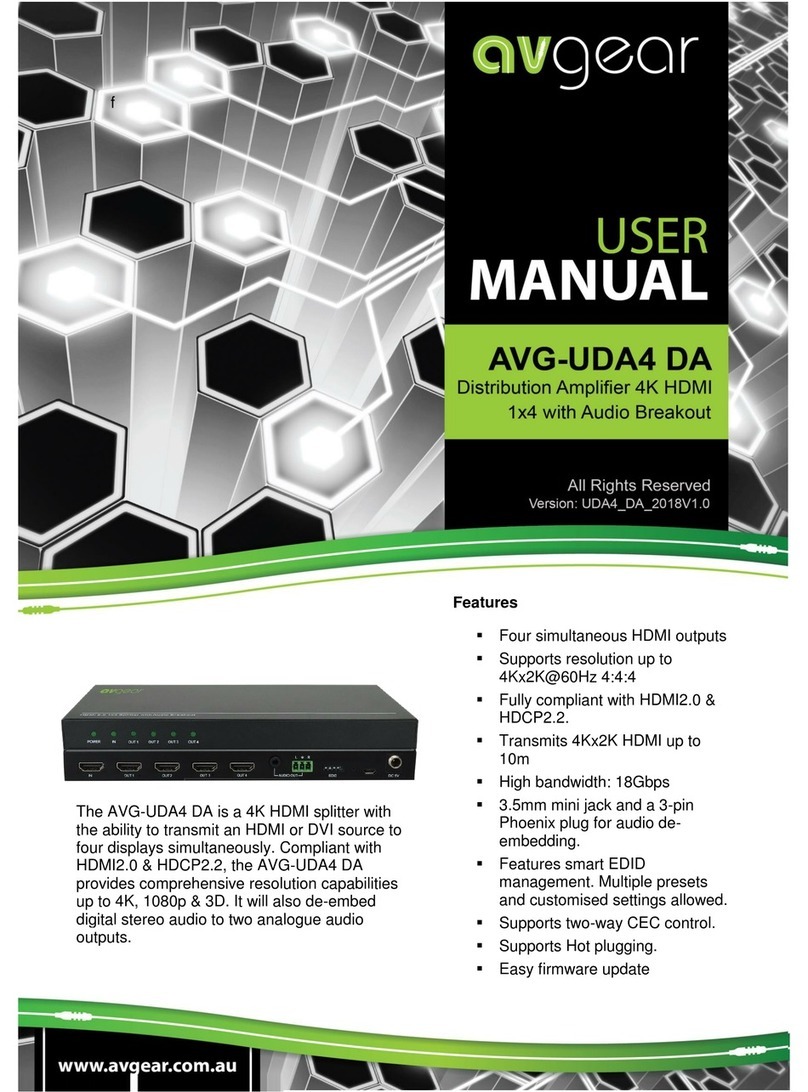
AVGear
AVGear AVG-UDA4 DA user manual

